Posted by Amber Williams on 19th May 2022
The History of Tatton Park
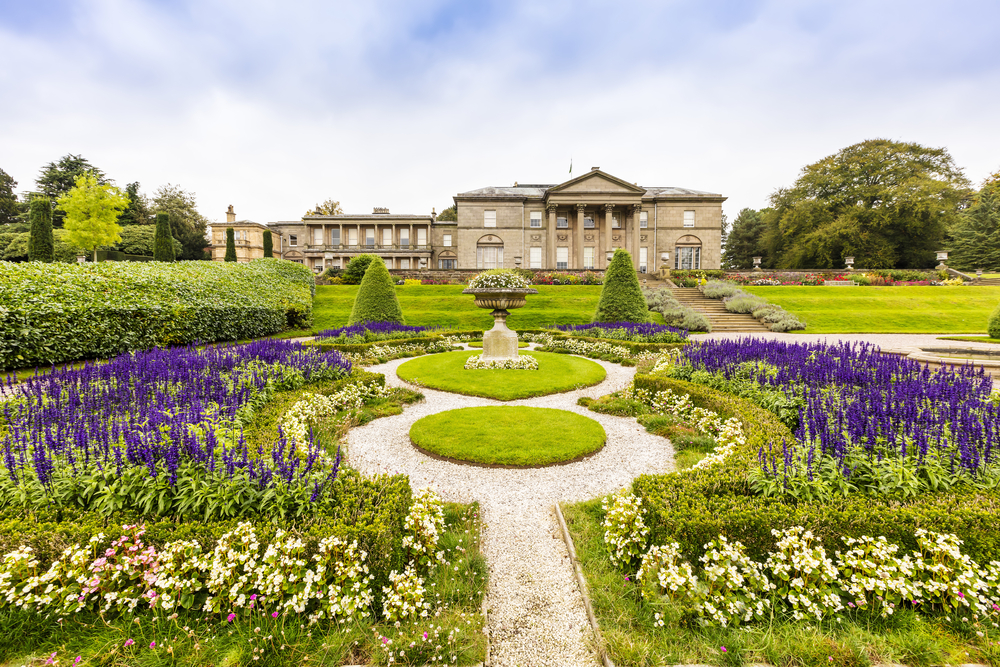
Before it was under the care of the National Trust, Tatton Park was home to the Egerton family for over 400 years and housed several generations of the Egerton clan. Its large, white stone facade and elegant features were gradually added by the family as they each had their time in the home. The result? A striking mansion & expansive grounds for us to explore to this day!
As you can imagine, a home of this age holds many a tale. With that in mind, let’s delve into the history of this gorgeous stately home that sees over 800,000 visits every year.
The Egerton's
Originally, the mansion was owned by the Stanley family in the 15th century. They were soon predeceased by the Brereton family, who were distant relations to the soon-to-be-owners. Eventually, the home was purchased by Sir Thomas Egerton from his half-sister Dorothy Brereton in 1598.
Each generation of the Egerton family put their own personal stamp on the home, whether it was the overall mansion design planned by his son, Samuel Egerton, or the furnishings which were completed by Wilbraham Egerton, to even the garden additions.
The Egertons were the last family to own and live in Tatton Mansion and would eventually gift the home and grounds to the National Trust in 1960. But more on that later!
You might wonder how a family of any kind could come to own and live in such a grand home. Sir Thomas Egerton had worked in the senior office to Queen Elizabeth I, becoming the Lord Chancellor of England when King James I reigned. At this point, the home that Sir Thomas inhabited is what’s now known as the Old Hall.
It wasn't until the 17th century that the original home that sat on the now site of the mansion was built. John Egerton, the great-great grandson of Sir Thomas took over the estate and built the first mini mansion in 1716.
Toward the late 1770s, John Egerton commissioned architect Samuel Wyatt to design a Neo-Classical mansion. The first section of the home was finally finished in 1791, which was unfortunately after John’s death.
Although the family had plenty of status, it almost fell through their hands in the early 18th century when Elizabeth Egerton’s husband and first son died at the early ages of 45 and 28. She had to contemplate selling the estate, until her second son inherited the grounds and home, securing their future for over 200 years.
The Gardens
Carefully cultivated and designed for over 300 years, the gardens have been kept to their standard to this day. The hands-on gardening team at Tatton Park keep their gardens full of plants that would have been grown in the 17th and 18th century, keeping the original theme of the grounds intact.
As each generation of the Egerton family took over ownership of the home, you can see the influence and inspiration they added to each area of the grounds. As trends changed, so did the gardens, providing a varied display and something new to marvel at every few steps.
From Charlotte’s Rose Garden to the Italian Grounds, several areas were designed specially for the Egerton family. Also known as the Pleasure Grounds, each project you see as you stroll around the land was created purely for the enjoyment of a specific family member.
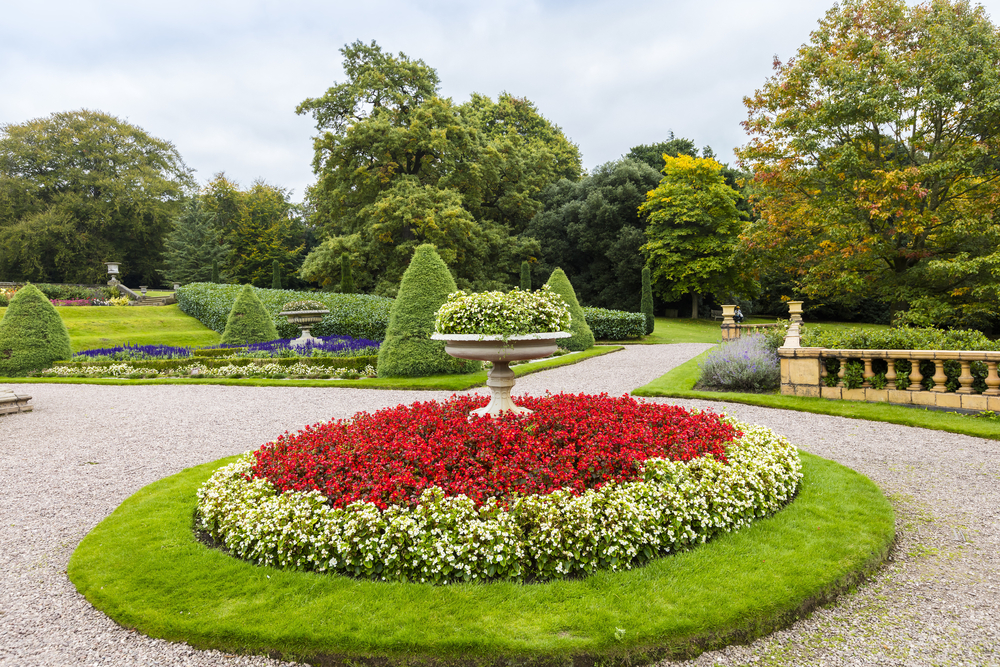
The Italian Garden, Tatton Park Credit: Shutterstock
The Maze & Charlotte’s Garden are among the first to feature on the grounds, appearing on site around both the 17th and early 18th centuries. Charlotte’s Garden was created for Lady Charlotte Egerton, wife of William Egerton. This section of the grounds is a perfect example of a typical garden design from the 18th century, filled with intricate designs and gorgeous flowers that can be seen in bloom through peak seasons like late Spring and throughout Summer.
One of the most popular additions to the garden grounds is the Japanese garden. Commissioned by the late Alan de Tatton, the Japanese garden was inspired by a trip to the Anglo-Japanese exhibit in London.
After his experience at the exhibit, Alan flew out a team of workers from Japan to create what is now considered one of the most accurate depictions of Japanese garden culture in Europe. Its concentration on both mythical and natural inspirations can be seen in just a quick stroll around the perimeter.
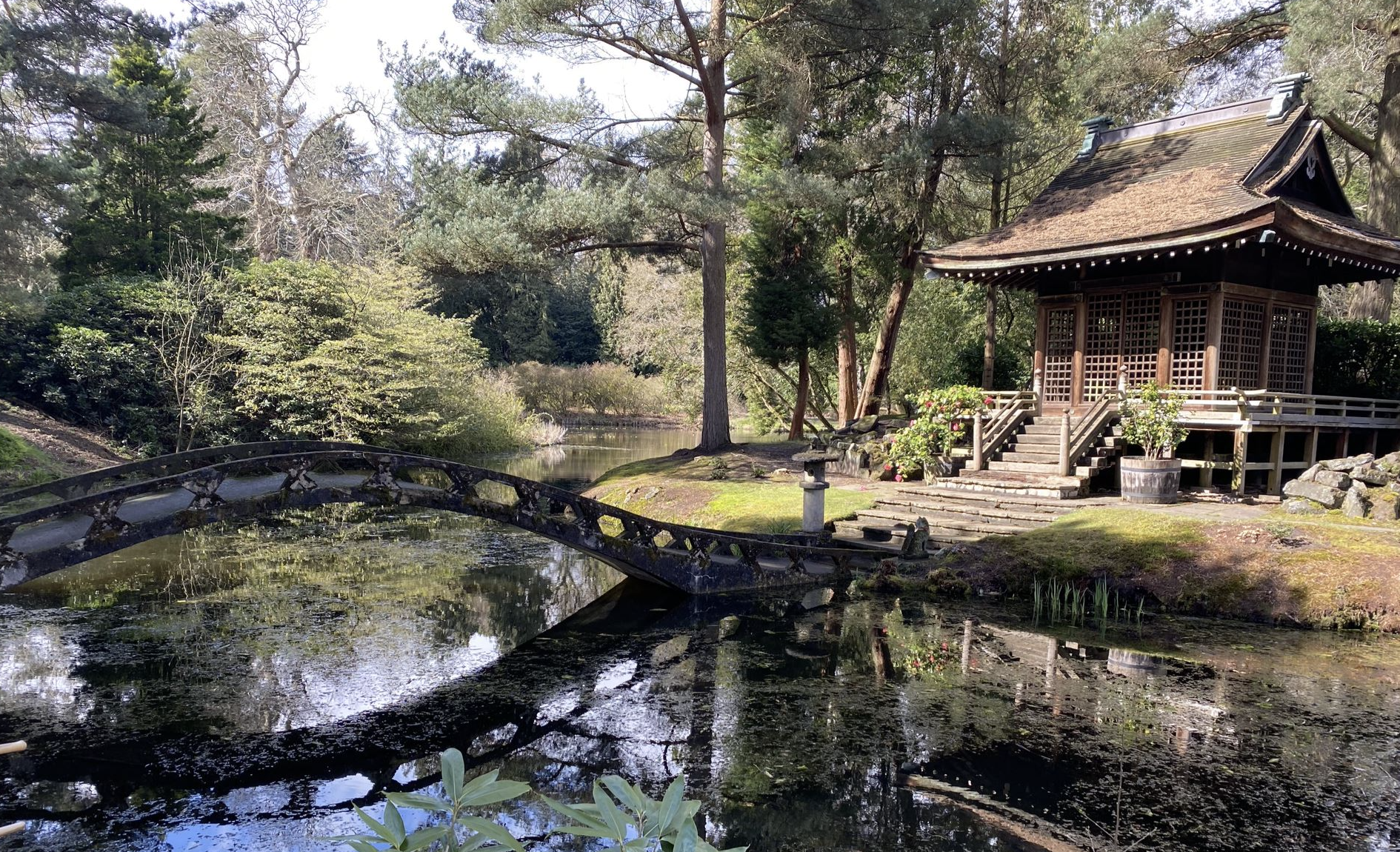
Japanese Garden, Tatton Park
Acers and Maples can be seen dotted around the garden, as flowers weren’t considered a focal point in his design. A tea house, Shinto shrine, bridge, and even a mound representing Mt Fuji can all be seen today, especially during their private tours of the garden which are an extra cost at the front desk.
Feeling inspired? You can read all about our Top Things to See and Do at Tatton Park here for ideas on your next adventure with the family.
The Last Lord of Tatton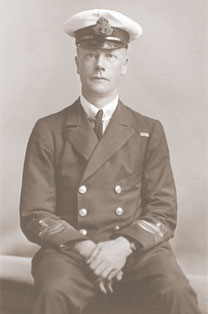
Born 4th August 1874, Maurice Egerton was the last Lord to grace the halls of Tatton Mansion. As the only son of Alan de Tatton, Maurice was the next in line to inherit the land.
Maurice Egerton led an exciting life which he filled with adventures and friendships, spending much time in his Kenyan home. It is here that Egerton built a school, now known as Egerton University, and designed/built Lord Egerton Castle between 1938 and 1954.
Friends with the Wright brothers, a Lieutenant in the Royal Navy, founder of a popular Kenyan university, and avid motor and aviation enthusiast are just some of the many ways to describe Maurice and his adopted interests throughout his lifetime. However, behind all of that are theories and speculations to a somewhat dark and upsetting past that lead to the eventual sale of Tatton Park.
Shy and solitary were often words related to Maurice. However, he did try his hand at romance, which has been discussed plenty over the last few decades. After trying to woo a lady of his fancy and her initial decline, it is said that the decision to start the build on Lord Egerton Castle in Kenya was influenced by his love for her. He assumed that, once the manor was complete and he could show her the exciting and magical transformation, she would, at last, accept his proposal.
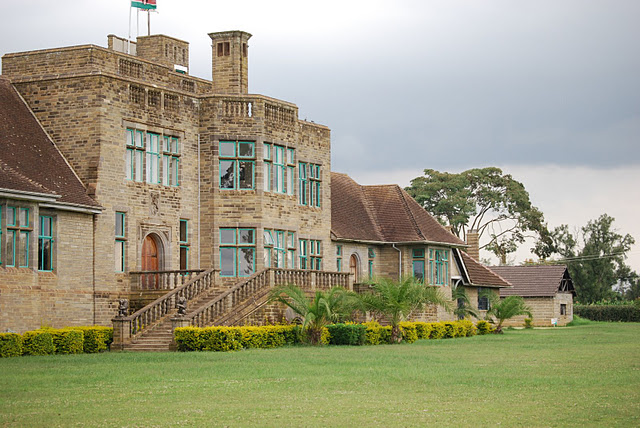
Lord Egerton Castle, Kenya
Unfortunately, when he did eventually invite her to visit, her response was less than positive, leaving the country immediately. It is said that from that moment onwards, Maurice hated the presence of women. He would instruct female staff to vacate the premises two weeks before he visited either manor and would even ask friends to leave their wives and daughters at home before attending his functions.
Although it is just speculation, and many historians have argued their case over the many years, the result is still the same. That after many years, Maurice lived alone in his Kenyan home until he passed within its walls in 1958, unmarried and childless. As he had no heirs, his final gift to his beloved hometown was Tatton Park, which was gifted to the National Trust upon his death.
This fascinating man is the reason we can admire and explore the estate in its entirety today, having been restored to its full glory by the dedicated team that work there year in and year out.
Tatton Park is a gorgeous place for a weekend walk, where you can shop the produce that’s grown on site, admire the seasonal blooms and plants, run havoc through the maze, or just enjoy a cup of tea in the Gardener’s Cottage! But while you're there, take a moment or two to imagine what it was like in its heyday, full of Egertons!

